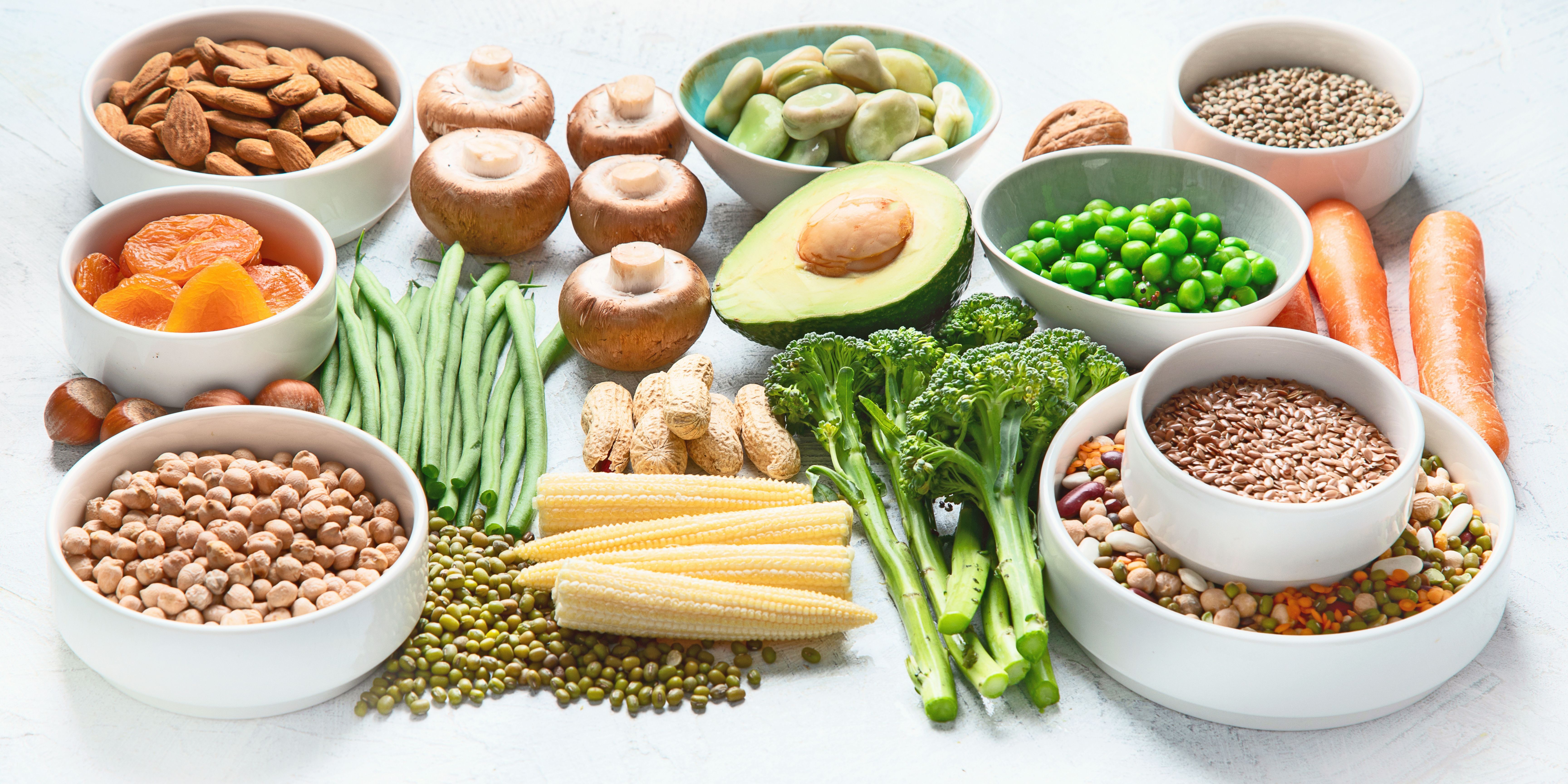Geschreven door Nancy - 4 Minuten leestijd
Scientists discover key to making plant-based protein with good texture

It’s widely recognised that reducing our consumption of meat and cheese in favor of plant-based foods is beneficial. However, when faced with the choice between traditional animal-based items and environmentally friendly alternative proteins in the supermarket’s refrigerated section, we don’t always make the eco-conscious choice. Despite the fact that many plant-based options now have good flavor, textures with the ‘right’ mouthfeel have often been lacking.
Furthermore, some plant-based protein alternatives are not as sustainable anyway, due to the resources consumed by their processing.
But what if it was possible to make sustainable, protein-rich foods that also have the right texture? New research from the University of Copenhagen is fueling that vision. The key? Blue-green algae. Not the infamous type known for being a poisonous broth in the sea come summertime, but non-toxic ones.
“Cyanobacteria, also known as blue-green algae, are living organisms that we have been able to get to produce a protein that they don’t naturally produce. The particularly exciting thing here is that the protein is formed in fibrous strands that somewhat resemble meat fibers. And, it might be possible to use these fibers in plant-based meat, cheese, or some other new type of food for which we are after a particular texture,” says Professor Poul Erik Jensen of the Department of Food Science.
In a new study, Jensen and fellow researchers from the University of Copenhagen, among other institutions, have shown that cyanobacteria can serve as host organisms for the new protein by inserting foreign genes into a cyanobacterium. Within the cyanobacterium, the protein organises itself as tiny threads or nanofibers.
Minimal processing – maximum sustainability
Scientists around the world have zoomed in on cyanobacteria and other microalgae as potential alternative foods. In part because, like plants, they grow by means of photosynthesis, and partly because they themselves contain both a large amount of protein and healthy polyunsaturated fatty acids.
“I’m a humble guy from the country side who rarely throws his arms into the air, but being able to manipulate a living organism to produce a new kind of protein which organises itself into threads is rarely seen to this extent – and it is very promising. Also, because it is an organism that can easily be grown sustainably, as it survives on water, atmospheric CO2, and solar rays. This result gives cyanobacteria even greater potential as a sustainable ingredient,” says an enthusiastic Poul Erik Jensen, who heads a research group specialising in plant-based food and plant biochemistry.
Many researchers around the world are working to develop protein-rich texture enhancers for plant-based foods – e.g., in the form of peas and soybeans. However, these require a significant amount of processing, as the seeds need to be ground up and the protein extracted from them, so as to achieve high enough protein concentrations.
“If we can utilise the entire cyanobacterium in foodstuffs, and not just the protein fibers, it will minimise the amount of processing needed. In food research, we seek to avoid too much processing as it compromises the nutritional value of an ingredient and also uses an awful lot of energy,” says Jensen.
Tomorrow’s cattle
The professor emphasises that it will be quite some time before the production of protein strands from cyanobacteria begins. First, the researchers need to figure out how to optimise the cyanobacteria’s production of protein fibers. But Jensen is optimistic:
“We need to refine these organisms to produce more protein fibres, and in doing so, ‘hijack’ the cyanobacteria to work for us. It’s a bit like dairy cows, which we’ve hijacked to produce an insane amount of milk for us. Except here, we avoid any ethical considerations regarding animal welfare. We won’t reach our goal tomorrow because of a few metabolic challenges in the organism that we must learn to tackle. But we’re already in the process and I am certain that we can succeed,” says Poul Erik Jensen, adding:
“If so, this is the ultimate way to make protein.”
Cyanobacteria such as spirulina are already grown industrially in several countries – mostly for health foods. Production typically occurs in so-called raceway ponds beneath the open sky or in photobioreactors chambers, where the organisms grow in glass tubes.
According to Jensen, Denmark is an obvious place to establish “microalgae factories” to produce processed cyanobacteria. The country has biotech companies with the right skills and an efficient agricultural sector.
“Danish agriculture could, in principle, produce cyanobacteria and other microalgae, just as they produce dairy products today. It would be possible to harvest, or milk, a proportion of the cells as fresh biomass on a daily basis. By concentrating cyanobacteria cells, you get something that looks like a pesto, but with protein strands. And with minimal processing, it could be incorporated directly into a food.”
Interested in the dynamic Food Science Industry? Let our experts guide your career. Explore how we can help you today! Discover the possibilities here.
Also published on Scitechdaily.com
Want to stay informed about current Life Science and recruitment news on a regular base? Then register here for free.
